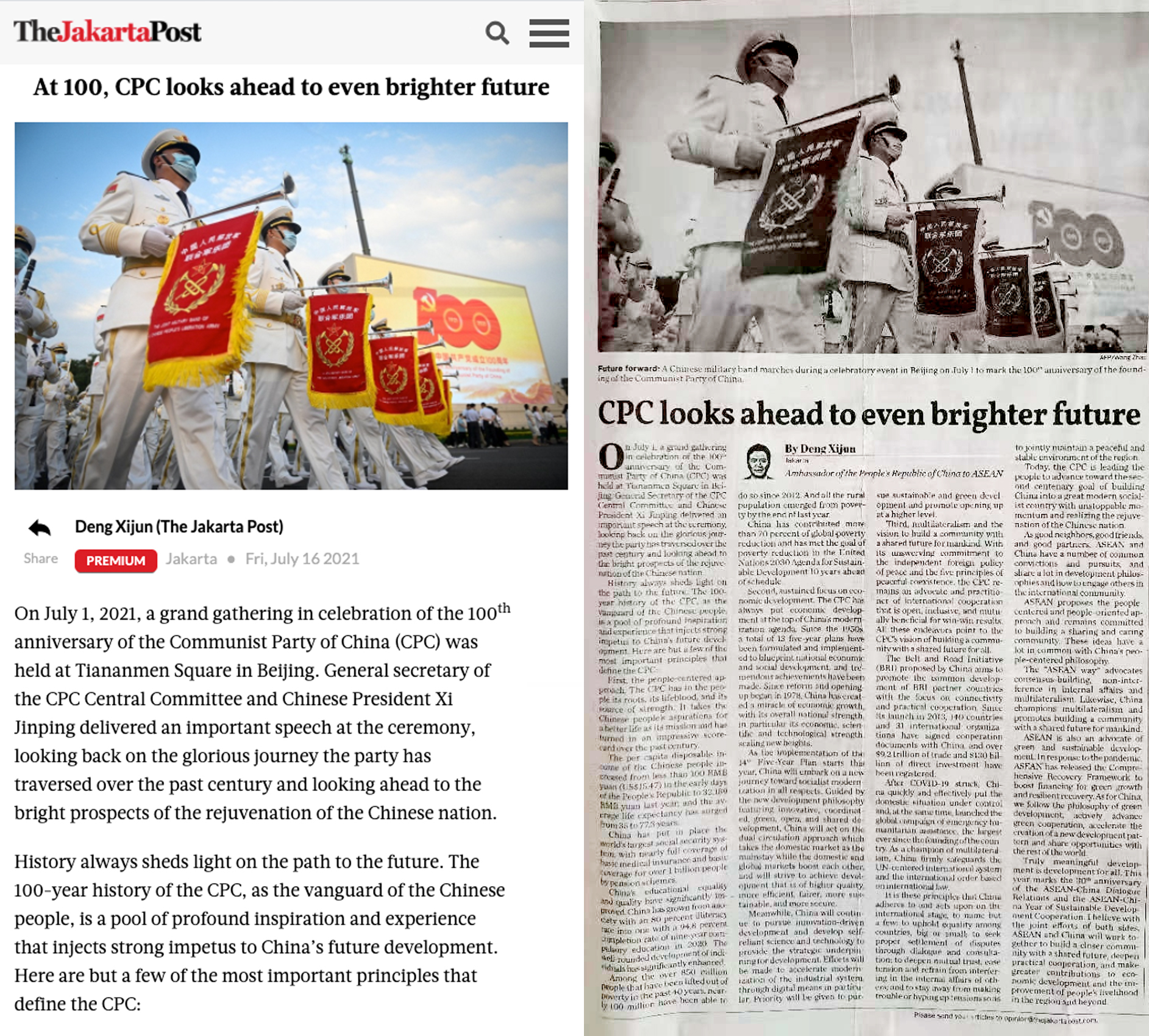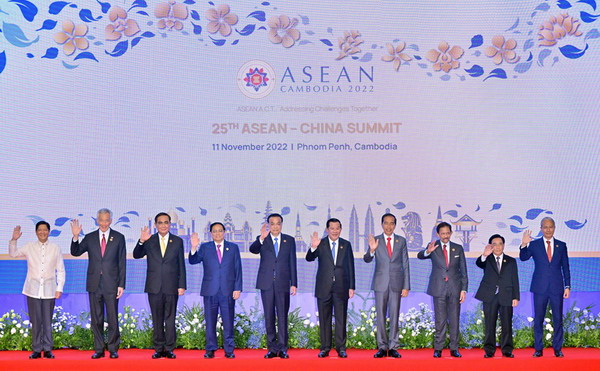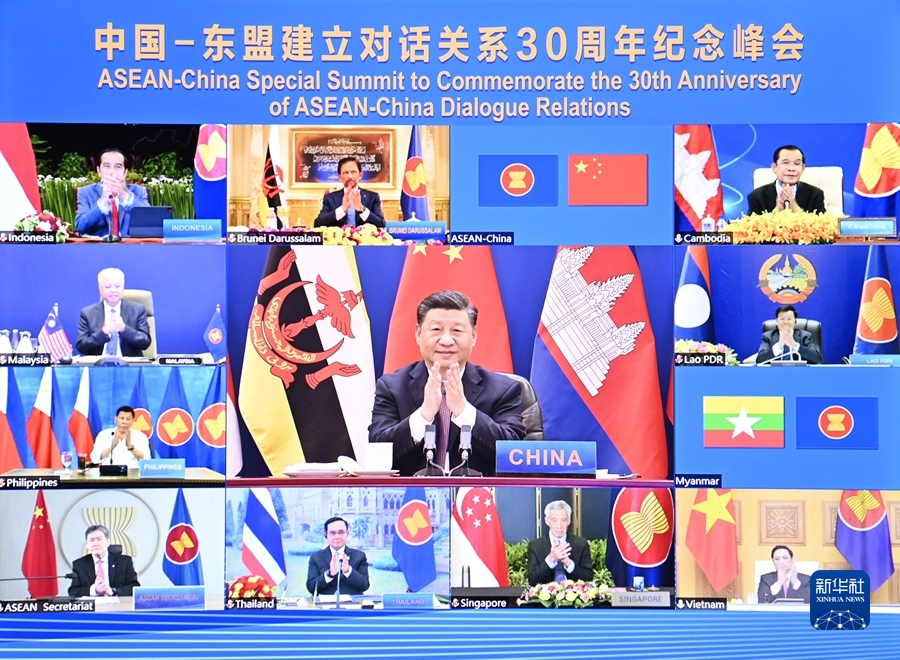|

On July 1, 2021, a grand gathering in celebration of the 100th anniversary of the Communist Party of China (CPC) was held at Tiananmen Square in Beijing. General Secretary of the CPC Central Committee and Chinese President Xi Jinping delivered an important speech at the ceremony, looking back on the glorious journey the Party has traveled over the past century and looking ahead to the bright prospects of the rejuvenation of the Chinese nation.
China is an ancient civilization with an uninterrupted history of 5,000 years. Yet since the second half of the 19th century, under the attacks of warships and cannons of western powers, the Chinese people and the Chinese nation suffered the scourges of foreign aggression and domestic turmoil. To save the nation from peril, the Chinese people explored and exhausted almost all political models available at that time, including constitutional monarchy, parliamentarism, multi-party system and presidential system, but all ended up in failure.
The CPC was born in 1921. One hundred years on, it has grown from a small party with just 50 plus members into the world’s largest ruling party with more than 95 million members that enjoys the overwhelming support and wholehearted approval of 1.4 billion Chinese people. Under the leadership of the CPC, China, once torn apart and its people in poverty and despair, won national independence and people’s liberation, and now has become a moderately prosperous society in all respects, the world’s second largest economy and a major contributor to global peace, stability and development.
History always sheds light on the path to the future. The 100-year history of the CPC as the vanguard of the Chinese people is a pool of profound inspiration and experience that injects strong impetus in China’s future development. And there are but a few of the most important principles that define the CPC:
First, the people-centered approach. The CPC has in the people its roots, its lifeblood, and its source of strength. It takes the Chinese people’s aspirations for a better life as its mission and has turned an impressive scorecard in the past century.
The per capita disposable income of the Chinese people increased from less than 100 RMB yuan in the early days of the People’s Republic to 32,189 RMB yuan last year and the average life expectancy has surged from 35 to 77.3 years.
China has put in place the world’s largest social security system, with nearly full coverage of basic medical insurance and the basic coverage of over 1 billion people by pension schemes.
China’s educational equality and quality have significantly improved. China has grown from a society with 80 percent illiteracy rate into one with a 94.8 percent completion rate of nine-year compulsory education in 2020. The well-rounded development of individuals is significantly enhanced.
Among the over 850 million people that have been lifted out of poverty in the past 40 years, nearly 100 million of them have been able to do so since 2012. And all the rural population were out of poverty by the end of last year. China has contributed more than 70 percent of global poverty reduction and has met the goal of poverty reduction in the UN 2030 Agenda for Sustainable Development ten years ahead of schedule.
According to the report “Understanding CCP Resilience: Surveying Chinese Public Opinion Through Time” released by Harvard University in July 2020, the Chinese people’s overall satisfaction towards the Central Government reached 93.1 percent. And the 2020 Edelman Trust Barometer published by Edelman global public relations, an award-winning investigation firm, also showed that public trust in the Chinese government is 95 percent. These results are clear demonstration of the Chinese people’s full recognition of the CPC.
Second, sustained focus on economic development. The CPC has always put economic development at the top of China’s modernization agenda. Since 1950s, a total of thirteen five-year plans have been formulated and implemented to blueprint national economic and social development, and tremendous achievements have been made. Since reform and opening-up began in 1978, China has created a miracle of economic growth, with its overall national strength, in particular the economic, scientific and technological strength, scaling new heights.
As the implementation of the 14th Five-Year Plan starts this year, China will embark on a new journey toward socialist modernization in all respects. Guided by the new development philosophy featuring innovative, coordinated, green, open, and shared development, China will act on the dual circulation approach which takes the domestic market as the mainstay while domestic and global markets boost each other, and strive to achieve development that is of higher-quality, more efficient, fairer, more sustainable and more secure.
Meanwhile, China will continue to pursue innovation-driven development and develop self-reliant science and technology to provide strategic underpinning for development. Efforts will be made to accelerate modernization of the industrial system, through digital means in particular. Priority will be given to pursue sustainable and green development and promote opening-up at a higher level. China’s development will bring broader prospects for cooperation and greater opportunities to all ASEAN countries and the rest of the world.
Third, multilateralism and the vision to build a community with a shared future for mankind. With an unswerving commitment to the independent foreign policy of peace and the five principles of peaceful coexistence, the CPC remains an advocate and practitioner of international cooperation that is open, inclusive, and mutually beneficial for win-win results. All these endeavors point to the CPC’s vision of building a community with a shared future for all.
The Belt and Road Initiative (BRI) proposed by China aims to promote the common development of BRI partner countries with the focus on connectivity and practical cooperation. Since its launch in 2013, the BRI has been highly applauded by the international community. 140 countries and 31 international organizations have signed cooperation documents with China, and over 9.2 trillion US dollars of trade and 130 billion US dollars of direct investment have been registered.
After COVID-19 made the strike, China quickly and effectively put the domestic situation under control and at the same time, launched the global campaign of emergency humanitarian assistance, the largest ever since the founding of the country. For instance, China shared its anti-pandemic experience with ASEAN and other countries, provided anti-pandemic assistance and promoted drug and vaccine R&D cooperation as well as joint prevention and control worldwide.
As a champion of multilateralism, China firmly safeguards the UN-centered international system and the international order based on international law. It is these principles that China adheres to and acts up on the international stage, to name but a few: to uphold equality among countries, big or small; to seek proper settlement of disputes through dialogue and consultation; to deepen mutual trust and ease tension and refrain from interfering in the internal affairs of others for the sake of ones’ own selfish interests; and to stay away from making trouble or hyping up tension, so as to jointly maintain a peaceful and stable environment of the region.
Throughout the past 100 years, the CPC has stayed true to its aspiration and mission. That is to seek happiness for the Chinese people and rejuvenation of the Chinese nation. The CPC has united and led the Chinese people to achieve many historic achievements and realized the first centenary goal of building a moderately prosperous society in all respects. Today, the CPC is leading the people to advance toward the second centenary goal of building China into a great modern socialist country with unstoppable momentum and realizing the rejuvenation of the Chinese nation.
As good neighbors, good friends, and good partners, ASEAN and China have a number of common convictions and pursuits and share a lot in development philosophies and how to engage others in the international community.
ASEAN proposes the people-centered and people-oriented approach and remains committed to building a sharing and caring community. These ideas have a lot in common with China’s people-centered philosophy.
The “ASEAN Way” advocates consensus-building, non-interference in internal affairs and multilateralism. Likewise, China champions multilateralism and promotes building a community with a shared future for mankind.
ASEAN is also an advocate of green and sustainable development. In response to the pandemic, ASEAN has released the comprehensive recovery framework to boost financing for green growth and resilient recovery. As for China, we follow the philosophy of green development, actively advance green cooperation, accelerate the creation of a new development pattern and share opportunities with the rest of the world.
Truly meaningful development is development for all. This year marks the 30th anniversary of the ASEAN-China dialogue relations and the ASEAN-China Year of Sustainable Development Cooperation. I believe with the joint efforts of both sides, ASEAN and China will work together to build a closer community with a shared future, deepen practical cooperation, and make greater contributions to the economic development and the improvement of people’s livelihood in the region and beyond.
|











